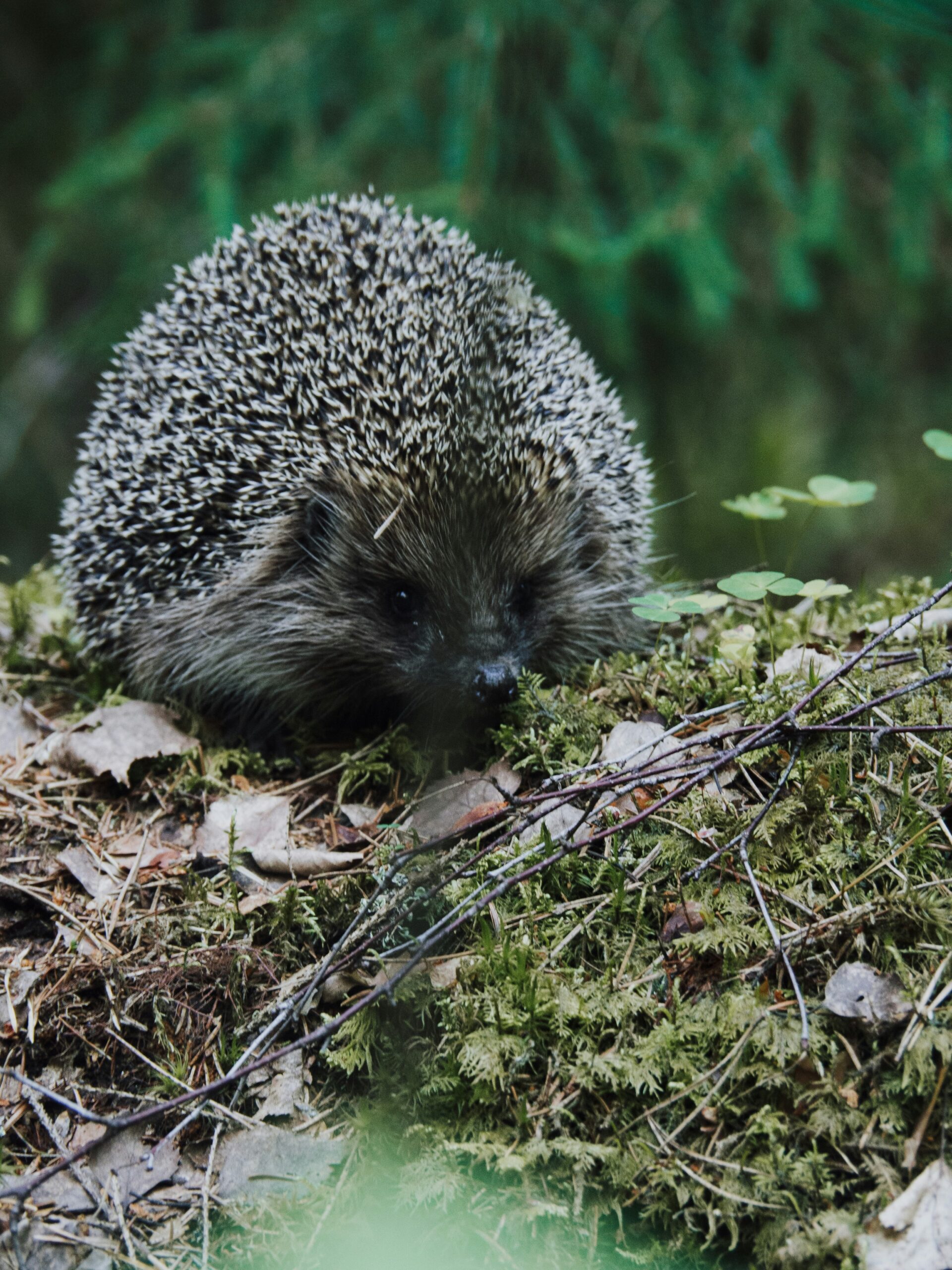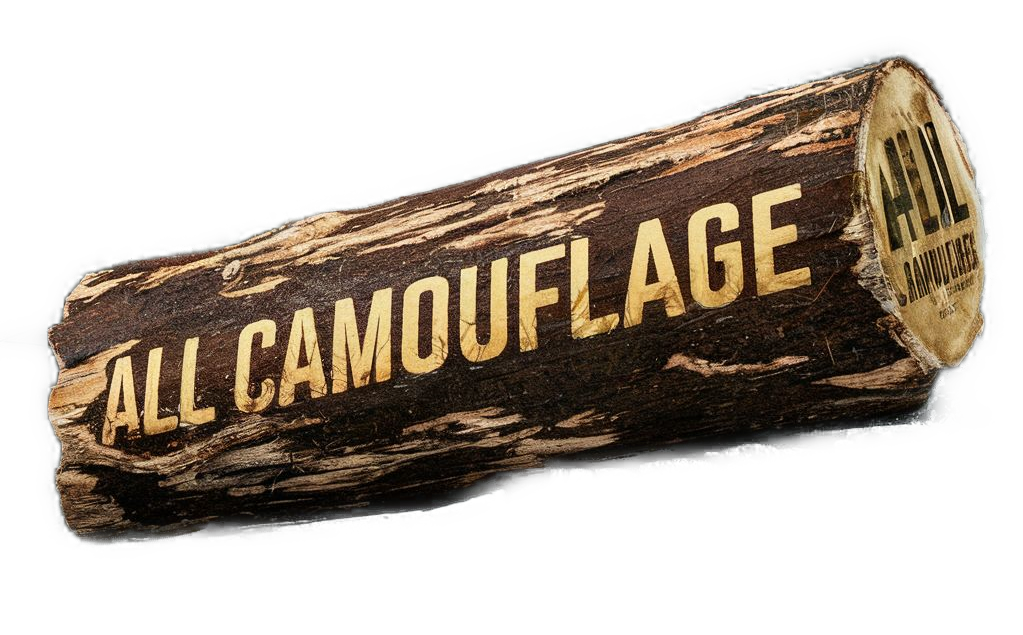Have you ever wondered how animals manage to disappear into their surroundings or how hunters seem to blend seamlessly with nature? The art of camouflage, especially in forested areas, is a fascinating topic that delves into the intersection of biology, art, and survival strategies. It’s not just the preserve of military personnel or hunters; even hikers and wildlife photographers might be curious about the magic of disappearing when they step into the wilderness.
Camouflage patterns for forested areas are not merely about aesthetics or fashion statements; they play a critical role in life-or-death situations in the wild. An ideal pattern can mean the difference between being spotted or slipping by unnoticed, whether you’re avoiding predators, stalking prey, or simply enjoying nature without disturbing it.

Understanding the Basics of Camouflage
To truly appreciate the correct choice of camouflage pattern for a forested area, it helps to understand what makes camouflage effective. Essentially, camouflage is about deceit, tricking the eye into seeing something that isn’t there—or not seeing something that is.
In nature, animals have evolved myriad camouflage strategies, from the leaf-like patterns of a praying mantis to the mottled browns of a whitetail deer. These natural strategies offer insight into how patterns function in blending with environmental features, like leaves, bark, or shadows.
The Science Behind Camouflage
The science of camouflage lies in disrupting outlines and mimicking the colors and shapes of the surrounding environment. Effective camouflage combines these elements, helping you merge with the natural background. There are several types of camouflage techniques:
- Color Matching: Blending into the environment by mimicking dominant colors.
- Disruptive Patterns: Breaking up the body outline using contrasting patches.
- 3D Textures: Creating visual depth to match tree bark or leafy undergrowth.
Each of these strategies has evolved from natural examples and has been adapted for use in human-designed patterns.
Factors Affecting Camouflage Effectiveness
Picking the right pattern isn’t as straightforward as it might seem. A variety of factors can influence the effectiveness of camouflage in forest environments.
Light and Shadow
Forests are characterized by a play of light and shadow that constantly shifts with the movement of trees and sunlight. The interplay of this dynamic light can make vibrant colors stand out more or help them blend beautifully.
Seasonal Changes
Forest environments are not static; they change dramatically with the seasons. What blends perfectly in the vibrant greens of summer might become useless during the muted palette of autumn or the stark white backdrop of winter snow.
The Distance Factor
How far away are you planning to be seen, or not seen? For distance engagements, patterns that break up outlines are crucial. Up close, finer details and more precise color matching become more critical.
Popular Camouflage Patterns for Forested Areas
There are many camouflage patterns designed specifically for forest environments. The right choice depends largely on the specific conditions and purposes for which you need it. Here’s a rundown of some notable patterns:
Woodland Camouflage
One of the most iconic patterns, Woodland camouflage, features a four-color combination of greens, browns, and blacks designed to replicate the varied tones and textures of a standard temperate forest. While it was originally developed for the U.S. military, its use extends to hunting and outdoor activities.
Realtree and Mossy Oak
Both Realtree and Mossy Oak have become household names within hunting communities. Each brand offers a range of patterns adapted for different forest types and seasons.
-
Realtree Patterns: Known for photo-realistic detail and variations designed for specific environments like hardwoods or early fall.
-
Mossy Oak Patterns: Offers a focus on creating depth and shadow with patterns like Break-Up Infinity, emphasizing layered elements for a 3D appearance.
MultiCam
Originally designed for the military, MultiCam adapts to a wide range of environments, not just forests. Its pattern mixes greens, tans, and browns in a gradient that helps blend diverse backgrounds. It’s an excellent all-round choice if you’re traversing different terrains.
ASAT (All Season All Terrain)
ASAT patterns are based on an entirely different principle: high contrast and irregular geometry. These patterns are designed to disrupt rather than to blend, which can be particularly effective in the complex visual environment of a forest where various light and shadow contrasts are commonplace.
Matching Your Choice to Your Needs
With so many options available, the question remains: how do you select the best pattern for your situation? Here are some vital considerations to help you make an informed decision.
Activity Type
Consider what activity you will be involved in. Different patterns serve different purposes. For instance, hunters may prefer patterns with more green for early season hunts or more sparse, earth-toned patterns for later in the year.
Environment
Customized patterns are developed for specific environments. If you’re spending time in dense, leafy forests, a pattern like Woodland or Mossy Oak Break-Up might be perfect.
Seasonal Variation
Choosing a few different sets based on seasonal changes can improve camouflage effectiveness dramatically, ensuring that your attire aligns with the predominant environmental tones.
Personal Preference and Comfort
Don’t overlook personal comfort and familiarity with a given pattern. Confidence in your choice also plays a role in its effectiveness. After all, if you’re second-guessing every movement due to pattern doubts, your hesitation might give you away before your camouflage does!

Caring for Your Camouflage Gear
Once you’ve picked your ideal camouflage gear, it’s essential to maintain it properly. The effectiveness of your camouflage can be undermined by bad care or simple neglect. Here are some quick tips:
-
Washing: Always follow washing instructions to preserve the color integrity; use detergents designed for camouflage.
-
Storage: Keep gear stored in dark, dry places to prevent fading and damage.
-
Repair and Patching: Promptly fix any tears or worn areas, maintaining a seamless pattern.
Future Trends in Camouflage Technology
Camouflage isn’t static. Technology and innovation continuously push the boundaries of what can be achieved in terms of invisibility and environmental blending. The future may include:
-
Adaptive Camouflage: Materials that can change color and pattern dynamically, mimicking natural chameleon abilities.
-
Digital Patterns: Instead of static images, think digital patterns running on micro LEDs integrated into fabric.
These innovations may not yet be reality, but they speak to a continuing evolution in how humans interact with their environments and manipulate their visibility within them.

Conclusion
In forested areas, choosing the right camouflage pattern is crucial for effectively blending into your surroundings. It requires an understanding of your environment, the activities you plan to engage in, and the specific conditions you’ll face. Whether you’re on a wildlife photography trip, on a hunting expedition, or simply enjoying a peaceful hike, the best camouflage will help you connect with nature in an intimate and subtle way, without triggering undue attention from either the wildlife or fellow nature enthusiasts. As you continue your journey into the forests, armed with this knowledge, may you walk a little more invisibly and a lot more confidently.

